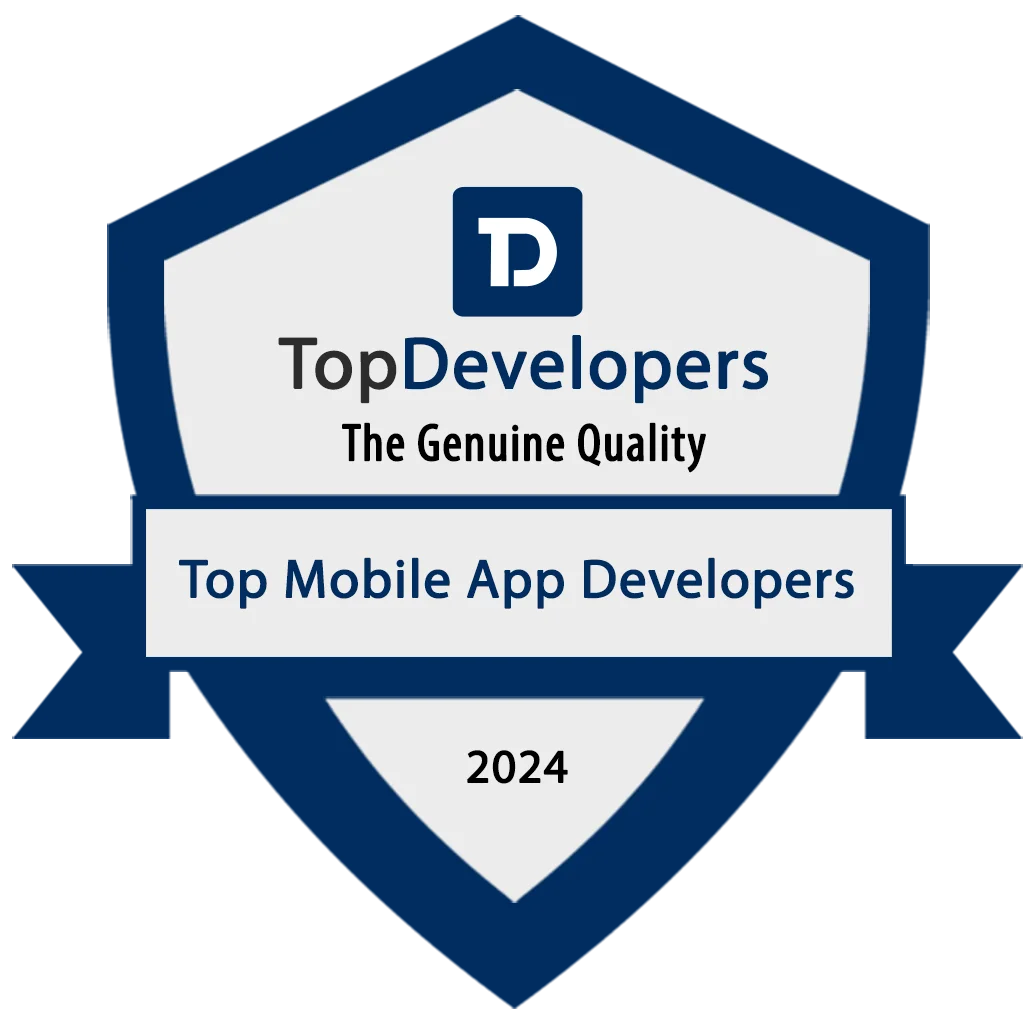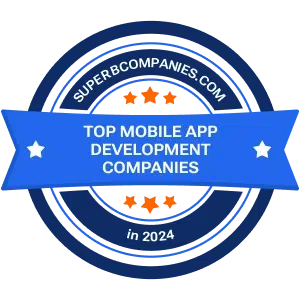
Introduction
In today’s era of technology, social media has seamlessly woven itself into the fabric of our daily lives. From connecting with friends and family to sharing our thoughts and experiences, social media platforms have changed the way we communicate and interact with the world. If you’ve ever wondered how these apps are created, you’re in the right place! In this beginner’s guide, we’ll take you through the fascinating world of social media app development. Whether you’re a curious newcomer or an aspiring developer, we’ll break down the process into easy-to-follow steps, offering valuable insights along the way.
1. Understanding the Landscape
1. What Makes a Social Media App?
2. The Power of Engagement
2. Choosing Your Platform
1. Mobile vs. Web
2. iOS, Android, or Both?
If you opt for a mobile app, you’ll need to decide whether to develop for iOS and Android or both. While Android has a larger market share, iOS users tend to spend more on in-app purchases. Carefully consider the advantages and disadvantages to ensure you make the most fitting decision.
3. The Development Process
1. Idea and Concept
2. Market Research
3. Design and User Interface (UI/UX)
4. Development
This is where the coding begins. Depending on your choice of platform, you’ll need to use programming languages like Swift (iOS), and Kotlin (Android), or web technologies like HTML, CSS, and JavaScript for web apps.
5. Testing
4. Features and Functionality
1. User Profiles
2. Social Connectivity
3. Content Sharing
5. Monetization Strategies
1. In-App Advertising
2. Freemium Model
3. In-App Purchases
6. Launch and Marketing
1. App Store Optimization (ASO)
2. Social Media Marketing
3. User Feedback and Iteration
Conclusion
Embarking on the journey of mobile app development can be both exciting and challenging. By understanding the landscape, choosing the right platform, following the development process, implementing essential features, and exploring monetization and marketing strategies, you’re well on your way to creating a successful social media app.
Dynamic methods provides top-notch mobile application development services at affordable prices. Remember that the social media landscape is ever-evolving, so staying up-to-date with industry trends and user preferences is essential. With dedication, creativity, and a solid plan, you can join the ranks of successful social media app developers and contribute to the ongoing social revolution. Get in touch with us.
FAQs
1. What skills do I need to start developing a social media app as a beginner?
Whether you’re a beginner or an experienced developer, understanding the fundamentals of programming languages like Java, Swift, or HTML/CSS is essential. Additionally, knowledge of mobile app development frameworks like React Native or Flutter can be advantageous.




















The reputation of the website will surely see an improvement in the near future as a result of the high-quality content and the active involvement of the administrator.
Absolutely! The website’s reputation is bound to enhance soon due to the excellent content and the dedicated efforts of the administrator. It’s great to see a positive trajectory, and I’m confident it will continue to thrive. If you have any further updates or questions, feel free to share!
Your article helped me a lot, is there any more related content? Thanks!
I’m glad the article was helpful! For more related content, you can check out more blogs on my blog section and filter the app development.
Thank you for your sharing. I am worried that I lack creative ideas. It is your article that makes me full of hope. Thank you. But, I have a question, can you help me?
Thank you for your kind words! I’m glad my article could inspire you. I’d be happy to help with your question. What do you need assistance with?
Normally I do not read article on blogs however I would like to say that this writeup very forced me to try and do so Your writing style has been amazed me Thanks quite great post
Thank you so much for giving my blog a chance and for your encouraging words! I’m thrilled to hear that you were motivated to engage with the content. Your feedback is greatly appreciated, and I hope you continue to enjoy future posts!
Can you be more specific about the content of your article? After reading it, I still have some doubts. Hope you can help me.
Thank you for reaching out! I’d be happy to clarify any doubts. Could you specify which parts you need more information on?
I do not even know how I ended up here but I thought this post was great I do not know who you are but certainly youre going to a famous blogger if you are not already Cheers
Thank you for stumbling upon my blog and for the encouraging words! I’m glad you enjoyed the post. I appreciate your support and hope you’ll continue to find my content engaging. Cheers!
Can you be more specific about the content of your article? After reading it, I still have some doubts. Hope you can help me.
Thank you for reaching out! I’d be happy to clarify any doubts. Could you specify which parts you need more information on?
Thank you for the auspicious writeup It in fact was a amusement account it Look advanced to more added agreeable from you By the way how could we communicate
Thank you for your kind words! I’m glad you enjoyed the writeup. For further communication, you can reach me through the contact form on our website or directly via email listed on the site. Looking forward to hearing from you!
helloI really like your writing so a lot share we keep up a correspondence extra approximately your post on AOL I need an expert in this house to unravel my problem May be that is you Taking a look ahead to see you
Hello! Thank you for your kind words. I’m glad you enjoyed the writing. Please feel free to reach out via email or the contact form on our site to discuss your specific needs further. I look forward to helping you resolve your problem!
Thanks for sharing. I read many of your blog posts, cool, your blog is very good.
I’m glad you enjoyed the blog! If you have any specific topics you’d like to see or any questions, feel free to let me know. Your feedback is always appreciated!
Hi Neat post There is a problem along with your website in internet explorer would test this IE still is the market chief and a good section of other folks will pass over your magnificent writing due to this problem
Thank you for pointing that out! Internet Explorer can sometimes be tricky with modern web standards. I’ll definitely look into optimizing the site for better compatibility with IE. If you have any specific issues or suggestions, please let me know!
I do believe all the ideas youve presented for your post They are really convincing and will certainly work Nonetheless the posts are too short for novices May just you please lengthen them a little from subsequent time Thanks for the post
Thank you for the feedback! I’ll make sure to provide more detailed content in future posts. I appreciate your suggestion!
Your point of view caught my eye and was very interesting. Thanks. I have a question for you.
Thank you! Feel free to ask your question, and I’ll be happy to assist.
Your point of view caught my eye and was very interesting. Thanks. I have a question for you.
Your point of view caught my eye and was very interesting. Thanks. I have a question for you.
Thank you! Feel free to ask your question—I’m here to help.
Its like you read my mind You appear to know so much about this like you wrote the book in it or something I think that you can do with a few pics to drive the message home a little bit but other than that this is fantastic blog A great read Ill certainly be back
Thank you for the kind words! I’ll definitely consider adding more visuals to enhance the content. Looking forward to having you back!
Wonderful web site Lots of useful info here Im sending it to a few friends ans additionally sharing in delicious And obviously thanks to your effort
Thank you! I’m glad you found the information useful and appreciate you sharing it with others.